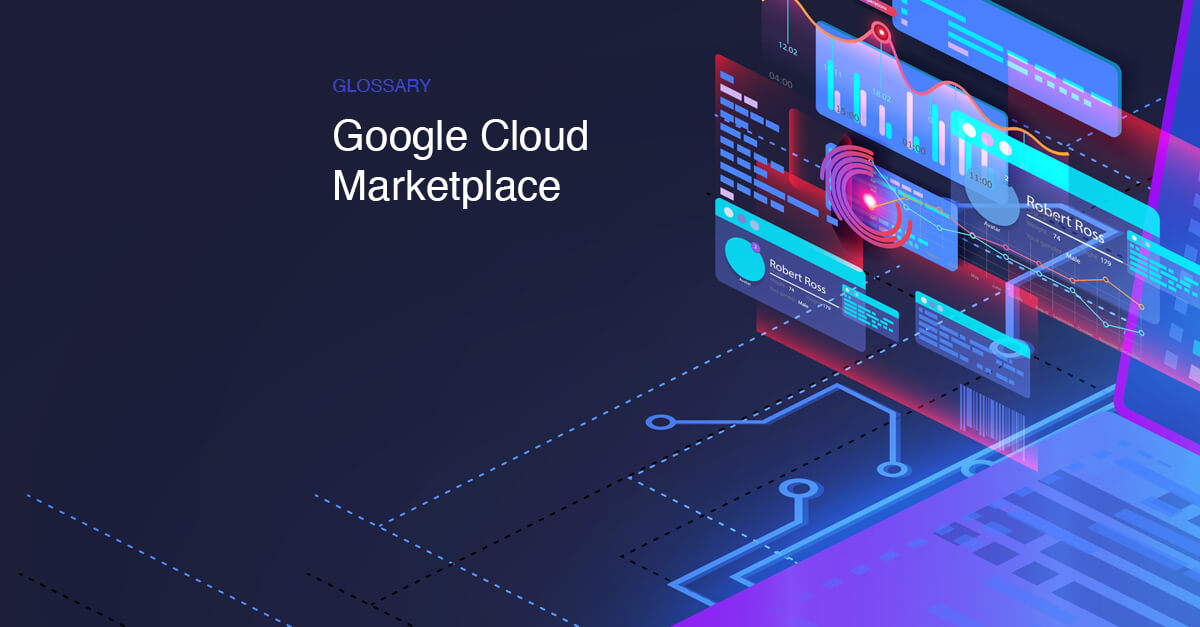In a fast-consolidating cloud landscape, Google Cloud is pushing the boundaries of how enterprise software is discovered, purchased, and monetized. With the rapid growth of its Google Cloud Marketplace, the tech giant is now redefining partner economics, simplifying financial operations for channel sales, and incentivizing adoption of net-new workloads. The goal? To turn its Marketplace into a central engine of growth for customers, partners, and the broader enterprise ecosystem.
At the center of this transformation is a shift in how ISVs, resellers, and enterprises interact. Google’s latest enhancements to its Marketplace—announced by Dai Vu, Managing Director of Google Cloud Marketplace and ISV GTM Initiatives—highlight three major changes: a new variable revenue share model for partners, streamlined commit drawdown through channel partners, and a customer incentive program to drive new workload adoption.
One of the most transformative changes is Google Cloud’s shift to a variable revenue share model. Rather than a flat cut, the Marketplace now adjusts fees based on the nature of the deal. For example, large private offers of $10M or more now incur only a 1.5% revenue share, allowing partners to retain 98.5% of total contract value. Even smaller deals—under $1M—are charged just 3%, which still significantly undercuts many competing platforms.
This move is already resonating with partners. Shaun Clowes, CPO at Confluent, noted that the update better aligns with their growth strategy and helps monetize demand more effectively across deal sizes. The economic flexibility empowers ISVs to scale across a wide range of customer segments while maintaining profitability.
For enterprise buyers locked into cloud commitments, being able to draw down those commitments against software purchases is a major purchasing incentive. Google Cloud has now made that simpler. As of June 9, 2025, qualifying Marketplace purchases made via Channel Private Offers (MCPOs) will result in 100% commit drawdown tied to the final negotiated price.
This policy makes Google Cloud’s Marketplace a more strategic procurement path—not only for customers with cloud minimums to meet but also for the channel partners who can now maintain the customer relationship, recognize topline revenue, and offer tailored services.
Momentum is clear. Between 2023 and 2024, the value of third-party software resold through Google Cloud Marketplace’s channel partners grew by 170%, proving that this model is gaining traction across the ecosystem.
With the general availability of the Marketplace Customer Credit Program (MCCP), Google Cloud is giving customers another reason to explore the Marketplace. This program offers up to 3% in Google Cloud credits for eligible first-time software purchases, which can then be applied toward Google Cloud’s own services. It’s a clever incentive: customers benefit from cost offsets, partners win new business faster, and Google secures deeper cloud engagement.
This is particularly significant in the AI space, where customers often need to test and deploy new agents in low-friction, cost-effective ways. Google Cloud’s new AI Agent Marketplace—an emerging category within the Marketplace—provides an open door to experiment with enterprise-ready AI solutions backed by infrastructure-grade support.
What this means for ERP Insiders
Enterprise ERP buyers should rethink marketplace strategy. For Oracle Fusion customers navigating multi-cloud and hybrid environments, Google Cloud Marketplace offers a compelling opportunity to centralize ISV procurement. The ability to draw down Google Cloud commitments while purchasing pre-integrated ERP tools or AI extensions through the Marketplace allows IT and procurement teams to improve budget utilization and reduce friction. For ERP programs that rely on third-party planning, automation, or analytics tools, leveraging this model can streamline sourcing and integration.
ERP vendors must embrace the economics of scale. For ERP-adjacent ISVs, Google’s variable revenue share model represents a powerful growth lever. By retaining up to 98.5% of revenue on high-value deals and still benefiting from the discoverability of a global cloud Marketplace, solution providers can reinvest in innovation, customer support, and AI capabilities that enhance Oracle Fusion environments. Vendors that optimize Marketplace strategy will gain a competitive edge in cost and reach.
AI adoption in ERP requires accessible channels. As AI agents begin augmenting finance, HR, and supply chain processes, ERP leaders must create safe, scalable paths to experimentation. Google Cloud’s AI Agent Marketplace—combined with MCCP credits—offers a low-risk entry point for Oracle customers seeking to evaluate AI copilots or autonomous agents. This infrastructure enables test-and-learn strategies that won’t disrupt core ERP systems while accelerating innovation at the edges.









